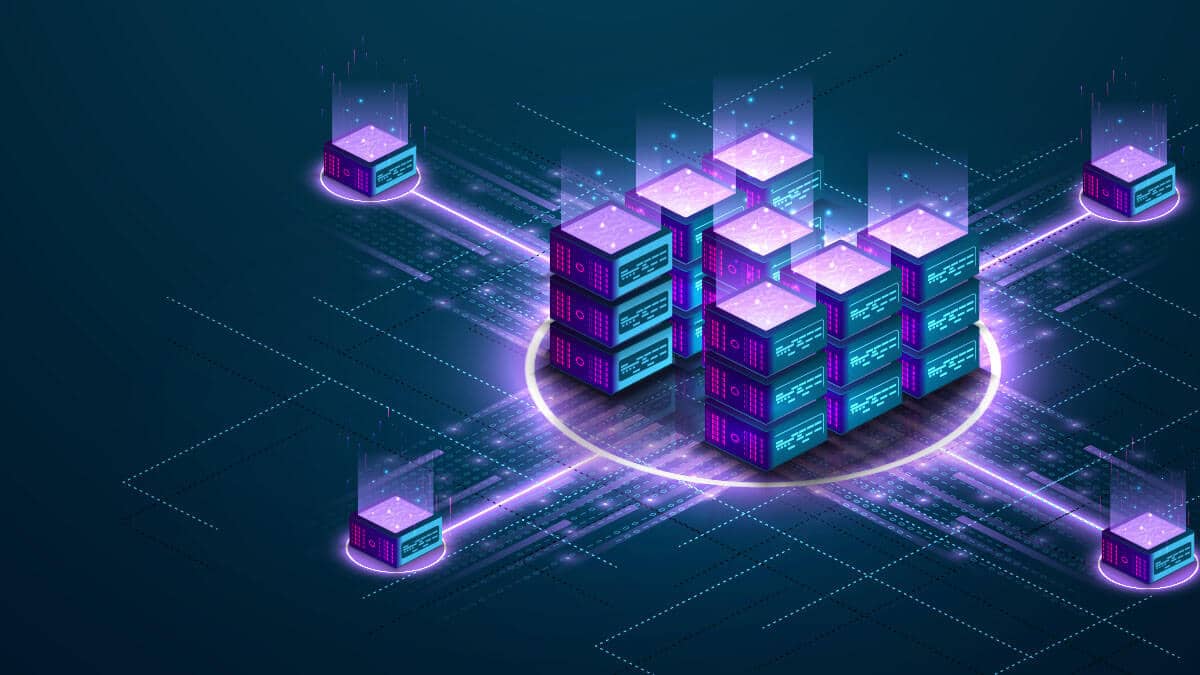Introduction
In today's rapidly evolving technological landscape, blockchain technology has emerged as a game-changer for businesses seeking secure and transparent solutions. This article delves into the world of blockchain and decentralized application (DApp) development, highlighting their significance and providing insights into how crafting unique blockchains can empower your business with innovative DApp solutions.
Understanding Blockchain and DApps
Blockchain: A distributed, unchangeable digital ledger is the basis of a blockchain. It records transactions in a secure and transparent manner, with each block containing a batch of transactions linked in chronological order. The decentralized nature of blockchain eliminates the need for intermediaries, fostering trust among participants.
DApps (Decentralized Applications): DApps are applications built on blockchain technology, functioning autonomously without central control. They offer enhanced security, censorship resistance, and data transparency compared to traditional centralized apps. DApps operate using smart contracts, self-executing agreements that automatically trigger actions when predefined conditions are met.
The Empowerment Factor
1. Enhanced Security: Crafting a unique blockchain for your business ensures data security through cryptographic hashing and consensus mechanisms. This reduces the risk of unauthorized access and data breaches, building trust among customers and stakeholders.
2. Transparency and Traceability: Blockchains offer an immutable record of transactions, allowing you to track and verify every step of a process. This transparency is particularly valuable for industries like supply chain management, where authenticity and provenance are crucial.
3. Smart Contracts: By integrating smart contracts into your DApps, you automate business processes, reducing human intervention and the possibility of errors. These contracts ensure that agreements are executed exactly as programmed, enhancing efficiency and reliability.
4. Decentralization: Building your own blockchain and DApp solutions empowers you to operate without relying on a single central entity. This decentralization mitigates single points of failure and increases overall system resilience.
5. Cost Efficiency: Traditional intermediaries and middlemen are eliminated, reducing transactional costs. Moreover, DApps can reduce operational expenses by streamlining processes and automating repetitive tasks.
Steps to Craft Unique Blockchains and DApp Solutions
Identify Your Use Case: Determine the specific challenges you aim to address with blockchain and DApps. Whether it's supply chain management, identity verification, or financial transactions, a clear use case guides the development process.
Choose the Right Blockchain Platform: Choosing a blockchain platform that meets your demands. Ethereum, Binance Smart Chain, and Solana are popular choices, each with its own features and benefits.
Design Smart Contracts: Develop smart contracts that define the rules and conditions of interactions within your DApp. Understanding your company's business procedures in-depth is necessary for this.
Development and Testing: Work with a skilled development team to build and test your DApp. Rigorous testing ensures that the application functions as intended and is free from vulnerabilities.
Deployment and Maintenance: Once tested, deploy your DApp on the chosen blockchain. Regular maintenance and updates will ensure its continued smooth operation.
Conclusion
Crafting unique blockchains and empowering DApp solutions can revolutionize how your business operates. By enhancing security, transparency, and efficiency, these technologies enable you to navigate the modern business landscape with confidence. Through careful planning and collaboration with experts, you can harness the power of blockchain and DApps to drive innovation and growth for your business.
Contact The Best Blockchain Development Company And Request Information on How to Create Your Own Blockchain.
Mail: [email protected]
Whatsapp: +91 9384232288





Comments